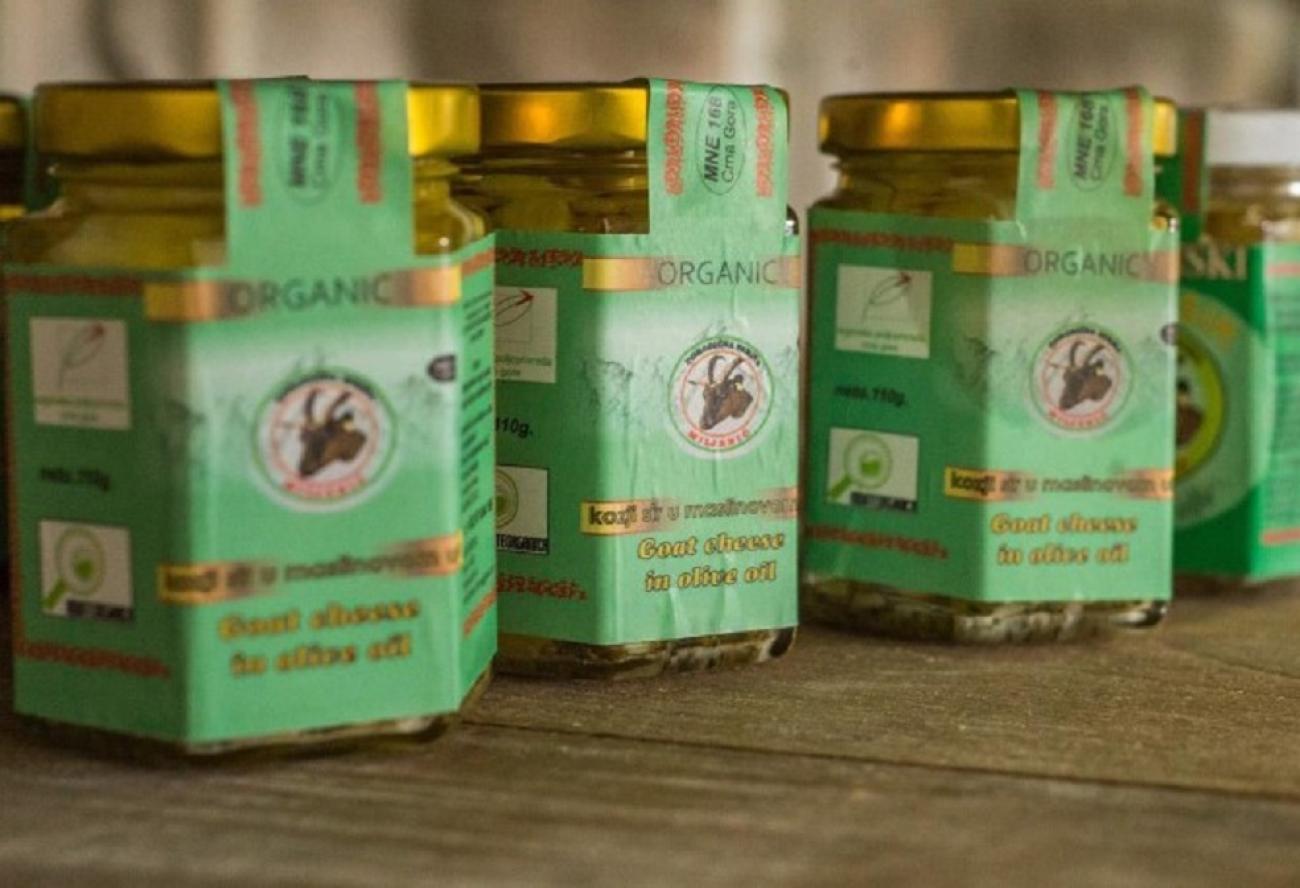Montenegro’s culinary riches enticing tourists

As well as encouraging tourists to visit production areas, the country is also striving to bring local products to tourism hotspots.
Montenegro is building on its rich cultural and food heritage and well-preserved natural beauty to become a destination for sustainable tourism. The country’s fast-growing tourism industry already accounts for nearly a quarter of Montenegro’s gross domestic product, with most of that tourism concentrated along the Adriatic coast.
Keen to attract visitors to its inland areas too, particularly the mountainous northern region, Montenegro is working with the Food and Agriculture Organization of the United Nations (FAO) and the European Bank for Reconstruction and Development (EBRD) to promote local gastronomy alongside tourism. But as well as encouraging tourists to visit production areas, the country is also striving to bring local products to tourism hotspots.
“The idea is to encourage local hotels, restaurants and cafes to source traditional high-quality food products from Montenegro’s small-scale producers,” said Emilie Vandecandelaere, FAO agribusiness officer.
FAO and the EBRD will involve businesses working with local producers, like the Montenegrin retailer, hotelier and meat processor Franca, an EBRD client.
“At the same time, we want to help these producers diversify their revenues by developing agritourist activities, such as gastronomic tours of their farms, where they can sell their products directly to tourists,” Vandecandelaere added.
For Damir Davidović, Montenegro’s Secretary of State, the time is ripe for such an initiative – which can create jobs, raise incomes and boost the rural economy.
“Our coastal areas are spectacular, but our hinterlands also have much to offer tourists – beautiful agricultural landscapes, diverse climates and culinary riches that are unique to these parts,” he said.
Sustainability is key
In recent years, Montenegro’s national parks and protected areas have been showcased through a tourism strategy centred on its Wild Beauty brand. As part of this strategy, the country is promoting the less visited mountainous and hinterland regions as year-round destinations – ideal spots for skiing, mountain biking, trekking or visiting katuns, traditional mountain huts on summer pastures.
In tandem, the Government of Montenegro is making a concerted effort to ensure that an increase in tourism is matched by commitments to corporate social responsibility and sustainability.
Strengthening ties between businesses catering to tourists and local food producers is key to that sustainability – shortening food supply chains and shrinking the sector’s carbon footprint.
Rich heritage
Raising awareness of Montenegro’s rich food heritage among tourism operators and tourists is essential to its tourism strategy.
Traditional products, such as kajmak or Lisnati cheeses, cured meats, and pickled and preserved fruits and vegetables, are often still produced by Montenegrin farming families and are the types of heritage-linked products that can capture consumers’ interest.
To further preserve this heritage, FAO and the EBRD are currently assisting producers and processors in developing geographical indications – a public label linking a high-quality product to its place of origin – for stelja (Montenegrin dried and smoked sheep meat) and govedja prsuta (Montenegrin dried beef), with a view to developing geographical indications for other products, too, such as traditional dairy goods.
And as part of a previous initiative, the two institutions produced an inventory of origin-linked foods and traditional specialties from Montenegro. The inventory identifies potential products for geographical indication registration and will be published and distributed under this new project. In recent years, the two organizations have also helped the country to define food safety standards for small-scale producers.
Over the next year and a half, FAO and the EBRD will continue to work with the public authorities in Montenegro to promote public-private dialogue around agritourism development and to organize events and knowledge exchanges with countries that have successfully linked local gastronomy with tourism.
In addition, FAO and the EBRD will partner with Slow Food to benefit from their experience and networks in supporting gastronomic tourism; this effort will be aimed at preserving and promoting local food cultures and traditions through exchanges with farmers, cheesemakers, bakers, butchers and chefs, for example.
And, in September, Slow Food will bring a group of Montenegrin producers to Italy for Terra Madre Salone del Gusto, one of the world’s largest food events, to showcase their products.
“This project is really about opening up new markets and opportunities for more Montenegrin producers and small businesses, with an eye to improving quality and sustainability in the country’s burgeoning agritourism industry,” said Nemanja Grgic, head of agribusiness advisory for the EBRD.
“Greater efficiency and sustainability will ultimately make Montenegro more attractive to investors, but not only this: it will make producers – and the industry as a whole – more resilient and better prepared in facing challenges,” added Jaap Sprey, head of the EBRD in Montenegro.
Over the last decade, the EBRD has invested EUR 32 million (approximately USD 40.4 million) in Montenegro’s agribusiness sector and EUR 83 million (approximately USD 104.9 million) in property and tourism.
Links
New guidelines for Montenegrin meat producers: flexibility and good hygiene
Countries seek benefits from geo-labelling of national food products




